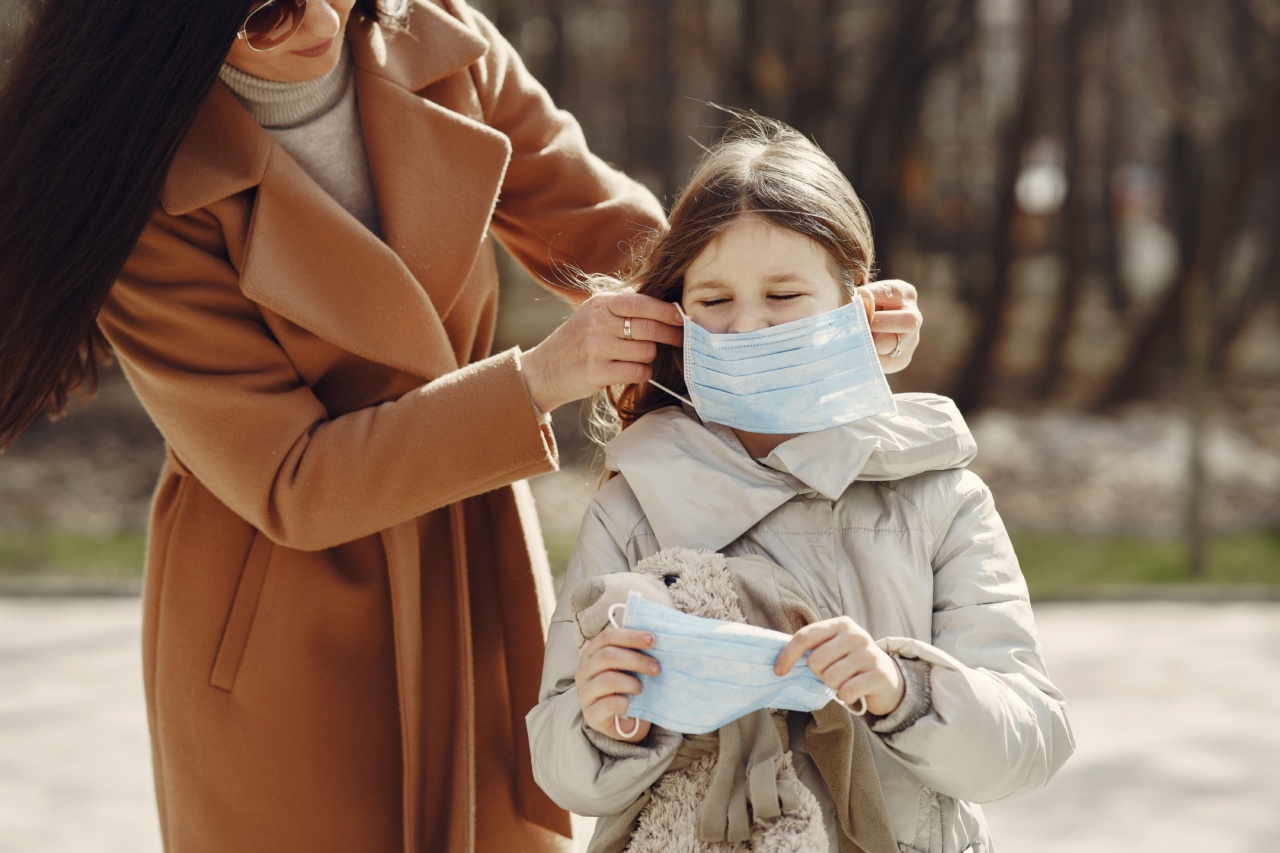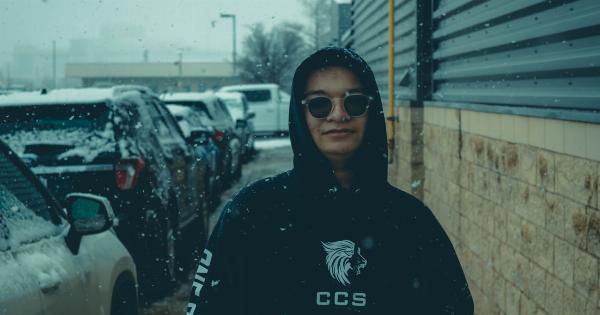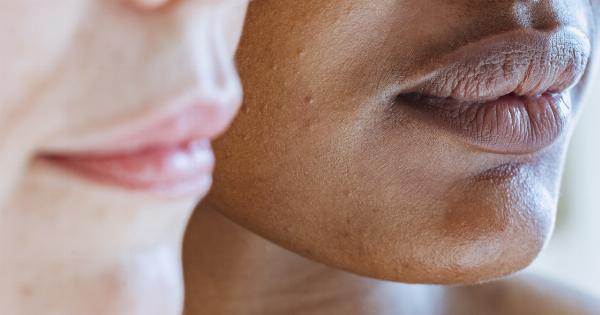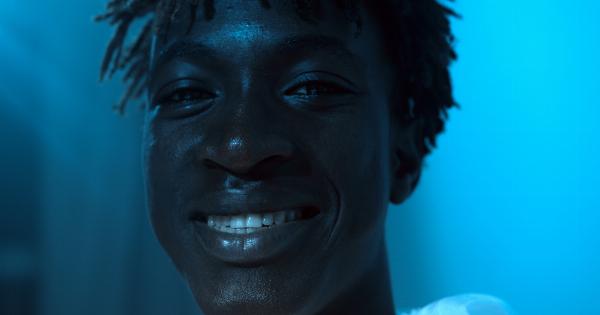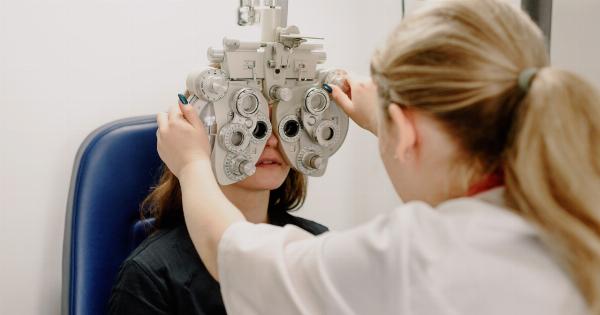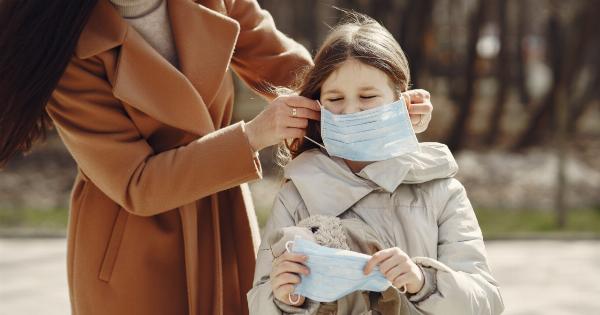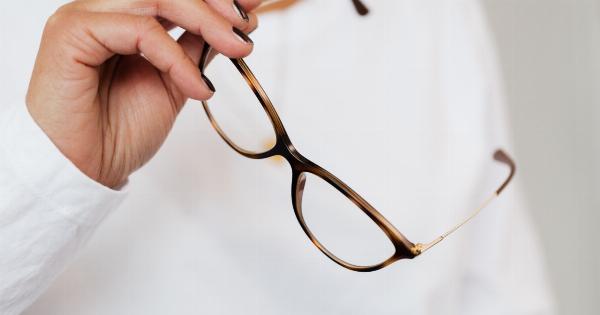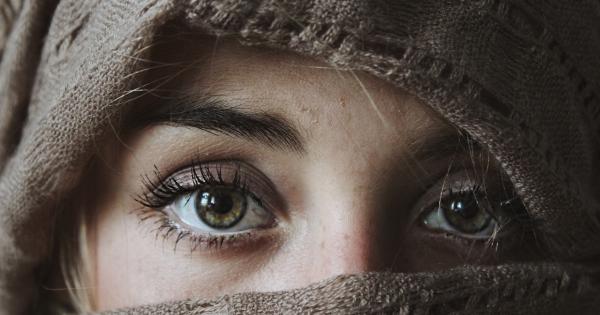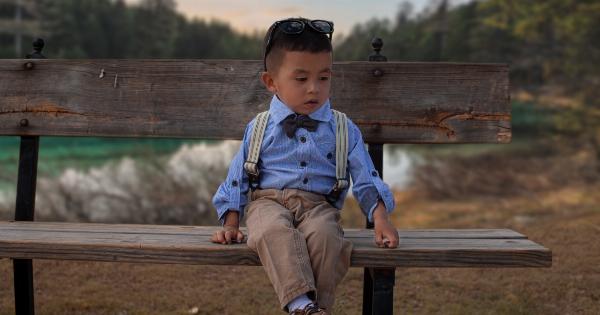When we think of sunglasses, we often associate them with summertime and beach vacations. However, it’s crucial to also protect our eyes in the wintertime, especially for children.
Here are some reasons why wearing sunglasses during winter is vital for your child’s eye health and some tips for choosing the best ones.
Why Do We Need Sunglasses in Winter?
During winter, the sun sits lower in the sky, and it reflects off snow and ice. This causes bright glare that can be extremely uncomfortable and dangerous for the eyes. In addition, the UV radiation levels remain high all year round.
In fact, snow reflects up to 85% of UV rays, which can cause snow blindness and damage the cornea and retina.
Moreover, people tend to spend more time indoors during winter and may think that they don’t need sunglasses.
However, many indoor spaces have bright lighting and computer screens that can cause eye strain and fatigue, leading to headaches, dry eyes, and blurred vision.
How to Choose the Right Sunglasses for Your Child
The most crucial factor in choosing sunglasses is UV protection. Make sure that the sunglasses you choose block at least 99% of UVA and UVB rays. Polarized lenses are also helpful in reducing glare and improving visual clarity.
They work by filtering out horizontal light waves that create the most glare. However, polarized lenses may affect some children’s ability to see digital screens, so it’s essential to check with your optometrist first.
Another consideration is the color of the lenses. Generally, grey and brown lenses are the most popular choices because they don’t distort colors, and they provide the most natural vision.
Yellow, green, and orange lenses are useful in low-light conditions such as cloudy days or early mornings. However, they may cause color distortion and make it hard to distinguish traffic signals.
The shape and size of the sunglasses are also important in protecting your child’s eyes. The sunglasses should fit their face comfortably and snugly, without being too tight or too loose.
Wraparound sunglasses or ones with wide arms can block more light and reduce peripheral glare. However, make sure that they don’t obstruct your child’s view or cause discomfort.
Additional Tips for Protecting Your Child’s Eyes in Winter
Aside from wearing sunglasses, there are other ways to safeguard your child’s eyes during winter:.
- Encourage them to wear a hat or a hood to shade their eyes from the sun and the wind.
- Use lubricating eye drops to prevent dryness and irritation caused by indoor heating.
- Teach them to take breaks when using digital devices for extended periods to avoid eye strain.
Overall, protecting your child’s eyes in winter is just as important as in summer.
Ensure that they wear sunglasses with proper UV protection, choose the right lens color, shape and size, and follow the additional tips to keep their eyes healthy and comfortable all year long.
